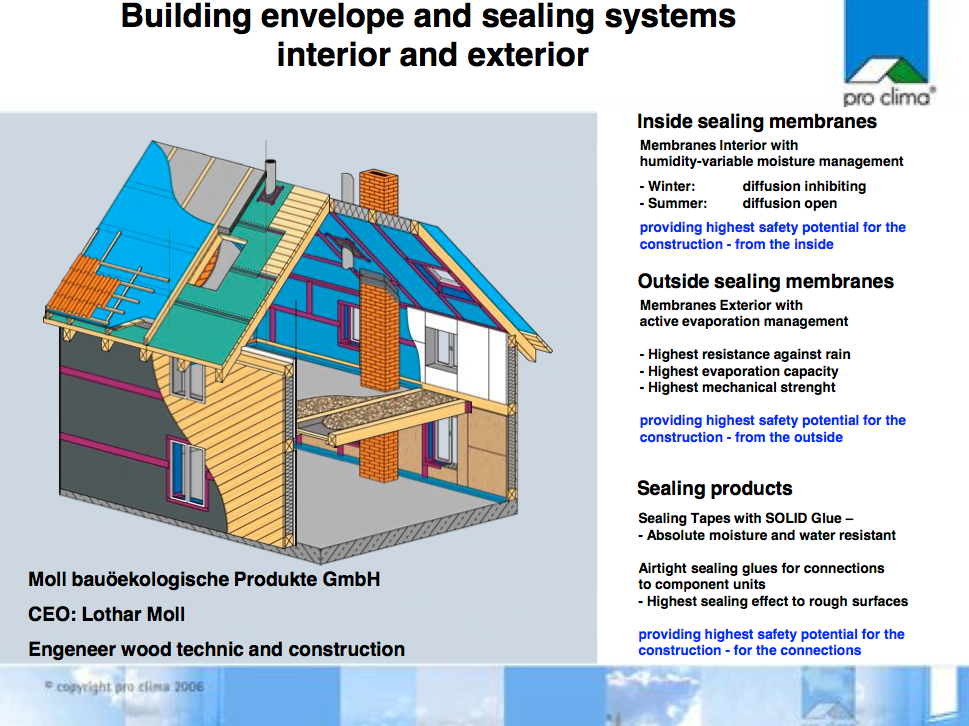
In this architecture, thatch, clay and bricks to build walls up to 60 cm in diameter were used. In vernacular architecture hot and dry regions of Iran, thick walls with high thermal mass could largely be outside ambient temperature conditions modulators and supplier of comfort conditions for building residents.

Thus reduction of heating and cooling loads, and implementation of building envelope that could provide highest thermal comfort in the interior with the lowest use of mechanical equipment by good thermal behavior, could cause largely saving in energy consumption. Since in these areas there is simultaneous need to provide heating and cooling in buildings in hot and cold seasons, the necessity of saving in both sectors is more reflected, so in order to find appropriate solutions to save energy consumption, thermal behavior modification of building envelope could be a useful strategy.īuilding envelope as a main interface between the interior and exterior plays a significant role in moderating climate conditions and provides comfort of the residents. However there is less research that has been done in Iran, so the design is carried out in the Yazd city, which is one of the historic towns located in the central plateau of Iran, and has warm and dry weather. Received 4 August 2016 accepted 11 September 2016 published 14 September 2016Īccording to data published by Iran’s electric power industry statistics, about 40% of total energy consumption accounted for buildings that this important issue indicates the need to saving energy in Iran.

Also reduction in annual energy consumption by almost %2.4 for cooling and %62.9 for heating buildings have been achieved, which makes saving non-renewable energy consumption, and consequently reducing environmental pollution as well as reducing current costs will be established. Results of the analysis showed that the use of materials Type 2 in the cooling load %4.8 and in the thermal load %62.5 reduction can be achieved which means reducing the load on active system and thus reducing the initial cost of building. For Type 1 materials, two layers of brick have been selected, and for Type 2 a thermal insulation layer also added it.
#Building envelope materials software
In this regard, building information modelling analysis (BIM) has worthy contribution in the completion process of sustainable design thus using software Design Builder, it is paid attention to simulation of the thermal behavior of two types of defined materials for the building envelope that was designed as a Research Institute of Renewable Energy of Yazd University.

Checking the problems of thermal behavior of the building envelope materials, and what influences in the heating and cooling loads exerted and energy consumption of buildings, are the questions that this research seeks to answer. In recent years, due to the necessity of conserving energy and also preventing increased environmental pollution, the importance of sustainable construction has been doubled. Building envelope is a fence that controls heat exchange between interior and exterior and plays an essential role in providing thermal comfort conditions of residents.


 0 kommentar(er)
0 kommentar(er)
